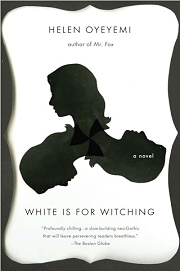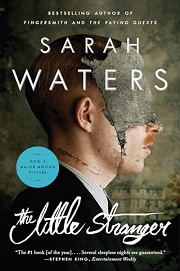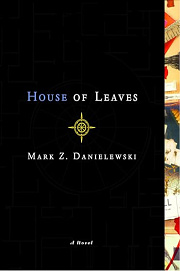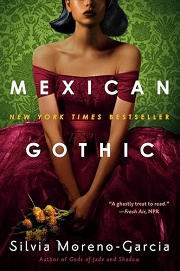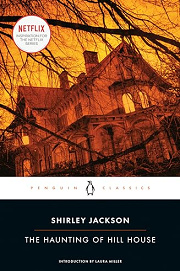Share your thoughts in a quick Shelf Talk!
White Is for Witching by Helen Oyeyemi
In a brooding house on the cliffs of Dover, a family’s sorrows seep into the walls—and into a daughter who hungers for things she should not. Voices whisper, rooms remember, and the house decides who gets to stay. Lyrical, eerie, and unforgettable, White Is for Witching is a modern gothic that lingers like a dream you can’t quite shake.
Have you read this book? Share what you liked (or didn’t), and we’ll use your answers to recommend your next favorite read!
Love White Is for Witching but not sure what to read next?
These picks are popular with readers who enjoyed this book. Complete a quick Shelf Talk to get recommendations made just for you! Warning: possible spoilers for White Is for Witching below.
In White Is for Witching, did you enjoy ...
... a haunted house that may be narrating the family’s doom through an untrustworthy lens?
The Little Stranger by Sarah Waters
If you were drawn to how the house in White Is for Witching can seem to speak through the story—and how Miranda’s experience is filtered through slippery voices—you’ll love the uneasy ambiguity of The Little Stranger. Dr. Faraday’s cool, rational narration of Hundreds Hall’s disturbances (the scorch marks, the writing that appears on the walls, Caroline Ayres’s fate) feels as treacherous as Eliot’s perspective on Miranda. That same gothic tension—are we witnessing a haunting or the narrator’s projection?—builds until the house itself seems to be authoring the family’s unraveling.
... shifting voices that reframe a haunting across generations?
Beloved by Toni Morrison
If the chorus of perspectives in White Is for Witching—Miranda, Eliot, Ore, and the house—hooked you, Beloved’s prismatic narration will grip you just as hard. Sethe, Denver, Paul D, and the enigmatic Beloved each shape the haunting at 124 into something different, much like how the Silver family’s past keeps bleeding into the present in Dover. As with Miranda’s pica and inheritance, the novel’s fragmented testimonies reveal how memory, guilt, and history possess people as powerfully as any ghost.
... dreamlike, reality-warping house horror where space and story keep shifting underfoot?
House of Leaves by Mark Z. Danielewski
If you loved how the Silver family home bends reality—how rooms and voices don’t quite obey the rules—House of Leaves takes that disorientation and runs with it. The Navidson house grows impossible hallways; the tale is filtered through the unstable Johnny Truant and a labyrinth of footnotes, echoing the way White Is for Witching lets the house speak around Miranda, Eliot, and Ore. It’s that same uncanny feeling that a building is a mind—and it’s getting lost inside itself.
... a gothic house whose haunting doubles as a critique of xenophobia and inherited power?
Mexican Gothic by Silvia Moreno-Garcia
If what lingered from White Is for Witching was the Dover house’s hostile, insular spirit and the way it targeted Ore as an outsider, Mexican Gothic will hit that nerve. Noemí’s visit to High Place uncovers a family whose ‘legacy’ is literally embedded in the walls—fungal, invasive, and obsessed with purity—much like the Silver home’s inheritance that claims the women in Miranda’s line. The horror works as an allegory for colonial attitudes, turning the house into a living archive of exclusion.
... an intensely intimate, gothic unraveling of a young woman under a house’s psychological pressure?
The Haunting of Hill House by Shirley Jackson
If Miranda’s fraught inner life—her pica, her isolation, the house’s pull—kept you rapt, Eleanor Vance’s slow unspooling in The Haunting of Hill House will feel hauntingly familiar. As Dr. Montague’s group settles in, Eleanor’s voice narrows until the house seems to speak through her, much as the Silver home claims Miranda. The dread is personal and claustrophobic; the terror isn’t just in the knocking on the walls, but in how a mind can be convinced to belong to a place that wants it.
Unlock your personalized book recommendations! Just take a quick Shelf Talk for White Is for Witching by Helen Oyeyemi. It’s only a few questions and takes less than a minute.
